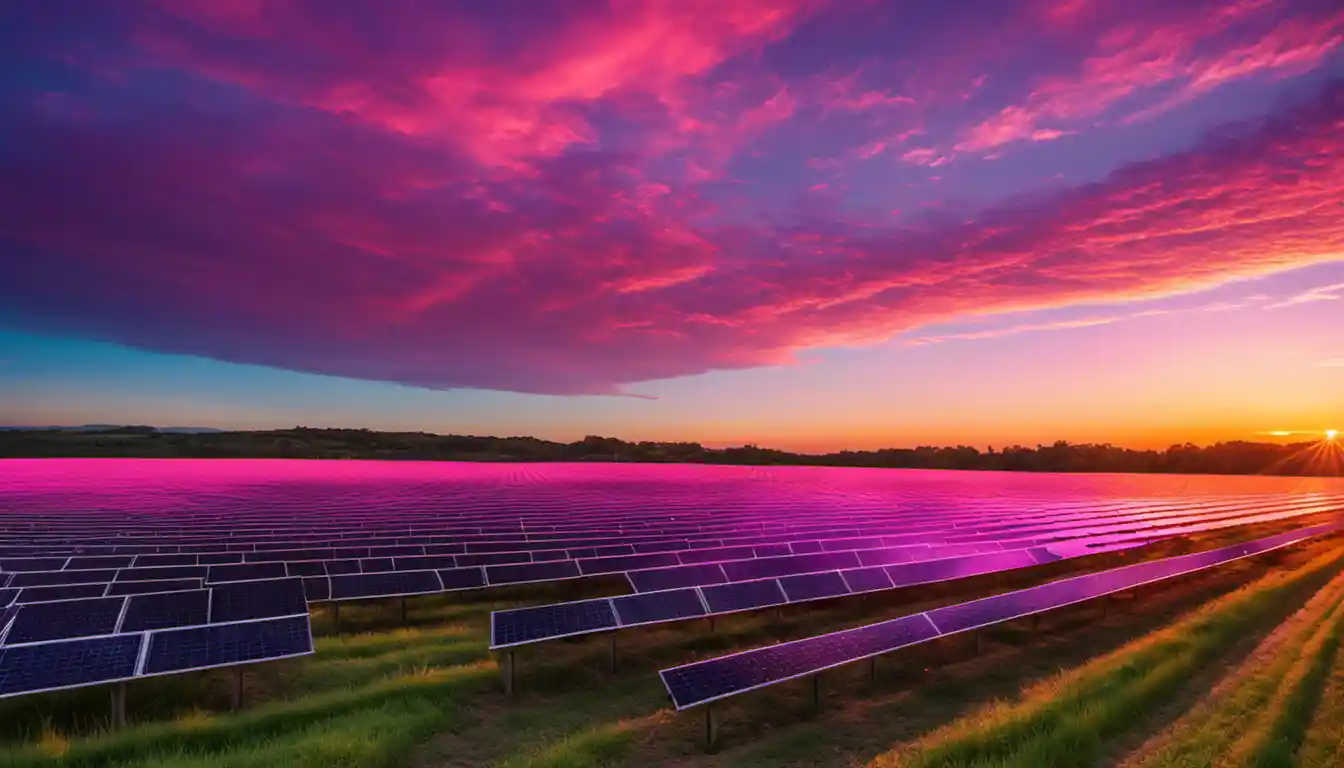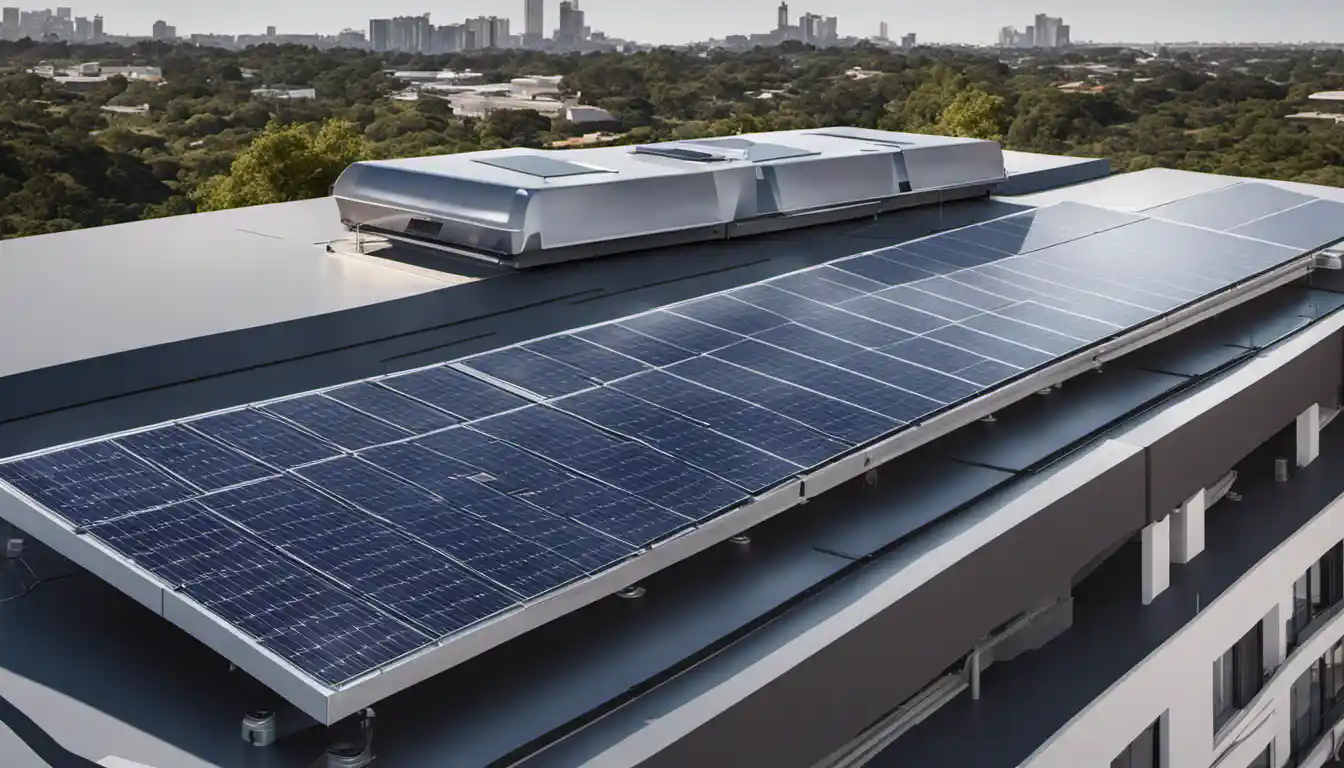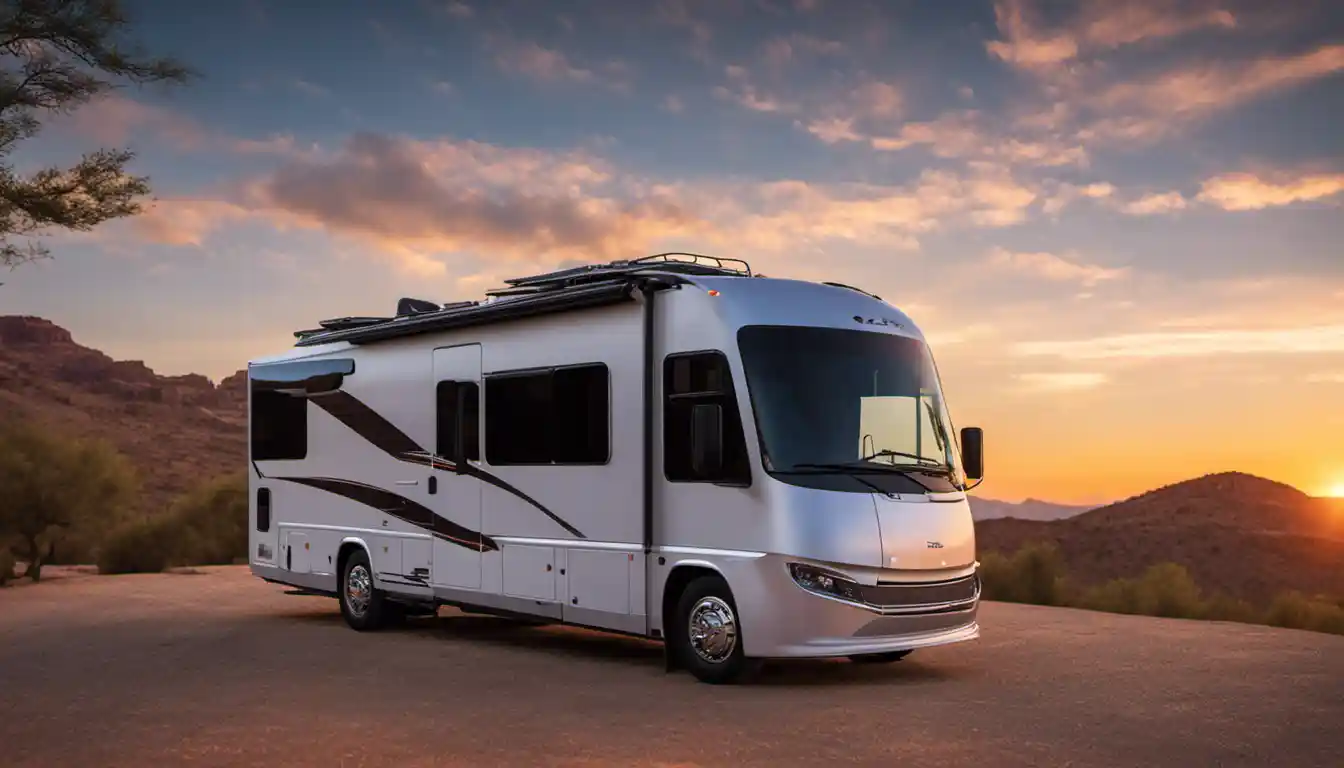Understanding the Benefits of RV Solar Panel Installation
Solar panels can be installed on an RV to provide a renewable source of energy for electricity needs while traveling. A typical installation involves mounting the solar panels onto the RV roof, connecting them to a solar charge controller, and linking that to your RV’s battery system. Many companies and services specialize in this type of solar panel installation for RVs.
The benefits of installing solar panels on your RV go beyond saving on electricity costs. Solar panels provide you with the freedom to camp anywhere without worrying about finding a power source. It optimizes your RV trips, mitigating dependency on conventional power grids, making you truly autonomous. Plus, it’s a green, sustainable solution that greatly reduces your carbon footprint. Let’s delve deeper and understand how to align the benefits of “solar panels for RV installation” with your exact needs.
Portable vs. Permanent RV Solar Panel Systems
Portable solar panels can be set up in a sunny location without shadowing from trees or other structures. However, you’d need to pack up and set them up every time you park your RV. In contrast, permanent solar panel systems are installed directly on the RV roofs for consistent energy generation, but they may not always be optimally positioned towards the sun.
When considering “how to install solar panels on RV roof”, it’s crucial to understand these differences. Weigh your options constitutionally for both instant and long-term convenience.
Calculating the Number of Solar Panels Needed for Your RV
The number of solar panels you need for your RV depends on your power consumption. To determine this, you’ll need to calculate the wattage of all of your appliances and devices that you run in your RV. After a comprehensive assessment of your daily energy need, you can decide on the number and wattage of the panels. Always keep a buffer to accommodate any future energy expansion.
See also: Attaching Solar Panels to RV Roof Without Drilling: A Comprehensive Guide
Gathering Supplies for Solar Panel Installation

See also: How to Check if Caravan Solar Panels are Working: A Comprehensive Guide
Defining the Necessary Equipment
When figuring out “how to set up solar panels for RV”, gathering the right equipment is the first active step. Your setup will need to include Solar Panels, a Battery Bank, a Charge Controller, and an Inverter.
Solar Panels: These are the primary devices that absorb sunlight and convert it into electricity.
Battery Bank: This is where the generated electricity is stored for further usage.
Charge Controller: This device regulates the electricity coming from the solar panels, protecting your batteries from overcharging.
Inverter: The inverter’s task is to convert the stored energy (which is usually in Direct Current or DC) into Alternating Current (AC), which most appliances use.
See also: How to Charge RV Battery with Solar Panel: A Comprehensive Guide
Choosing the Location for Solar Panel Mounting
Rooftop Mounting
The roof of an RV offers the largest unobstructed surface area for solar panel installation. Also, a rooftop location keeps the panels out of the way, reducing the chances of damage. However, care must be taken to ensure that the location you choose doesn’t interfere with other rooftop utilities.
Consideration of Fridge Vents and Other Holes for Wires

Ensure you consider fridge vents, air conditioners, and other rooftop elements when determining your solar panel placement. It would be best to never obstruct these elements. Moreover, it’s helpful to think about where you want to run your wiring when deciding on the solar panels’ specific locations.
Step-by-Step Process of Installing Solar Panels on an RV Roof
There’s an undeniable sense of accomplishment that comes from setting up your solar energy system, and here’s how to do it efficiently.
-
Fixing Solar Panels with Screws or Adhesives: To mount your solar panel, you can use screws or adhesives. Screws offer more stability but require you to drill holes into your RV’s roof, which might not be desirable. Adhesives, on the other hand, need a clean and dry surface to stick well.
-
Connecting the Solar Panels to the Charge Controller: The wires from your solar panel will connect to the charge controller. This step is critical in managing the voltage and current coming from the solar panels.
-
Connecting the Charge Controller to the Battery Bank: Finally, you’ll connect the charge controller to your RV’s battery bank. You can find more detailed instruction on how to connect and disconnect your RV solar panels here
Wiring Solar Panels for Optimized Energy Consumption
Understanding wiring is a crucial aspect of efficient “solar panels for RV installation”. Most often, you’d use one of the three configurations: series, parallel, or series-parallel.
-
Wiring Solar Panels in Parallel: Parallel wiring allows for each panel to send power to the battery bank independently. This is ideal when the panels are prone to partial shading.
-
Wiring Solar Panels in Series: Series wiring increases the voltage output. It’s ideal for long wire runs, but the downfall is that if one panel is shaded or malfunctions, it affects the entire system.
-
Wiring Solar Panels in Series-Parallel: Series-Parallel connections offer the benefits of both series and parallel wiring.
For broader ideas on how to optimize your solar setup, explore our page, RV solar panel ideas.
Setting Up an Inverter to Power RV Appliances
An inverter is paramount in turning the stored solar energy into usable power for your appliances. Please ensure that your inverter has the capacity to handle your highest load and has enough outlets for your needs. You’d not want an inverter that can’t manage your RV’s power consumption comprehensively. Learn “how to ground an inverter in an RV” here for better understanding.
Evaluating if RV Solar Panels are Worth the Investment

Solar panels for RV installation are indeed a significant investment to make upfront. However, the long-term benefits strongly justify the initial installation cost. If you’re a frequent traveler, the efficiency of an RV with a built-in solar system is unparalleled. By freeing yourself from power hookups, the independence you earn truly upends traditional RVing experience.
Common Issues and Troubleshooting Tips for RV Solar Panel Installation
Like any electrical appliance, solar panels can experience issues over time. Lapses linked to shading, inefficient wiring, or malfunctions in the solar equipment can be common. However, most of the problems can be diagnosed and resolved timeously with the right knowledge.
Essential Maintenance Tips for Prolonging the Lifespan of your RV Solar Panels
Regular cleaning and careful handling of the panels, aiding them with semi-annual checks, and attending to signs of wear and tear promptly contribute significantly to the panels’ lifespan.
Concluding Thoughts on RV Solar Panel Installation
The freedom of having constantly renewable power, combined with the satisfaction of contributing less to the carbon pipeline, makes solar panels for RV installation a more-than-worthy investment. This guide is fashioned to ensure that installing solar panels on your RV is a process of self-reliance, innovation, and maximal independence.
Want more freedom on your RV rides? Start your solar journey today! Don’t forget to explore RV solar panel ideas to broaden your solar installation horizons.



